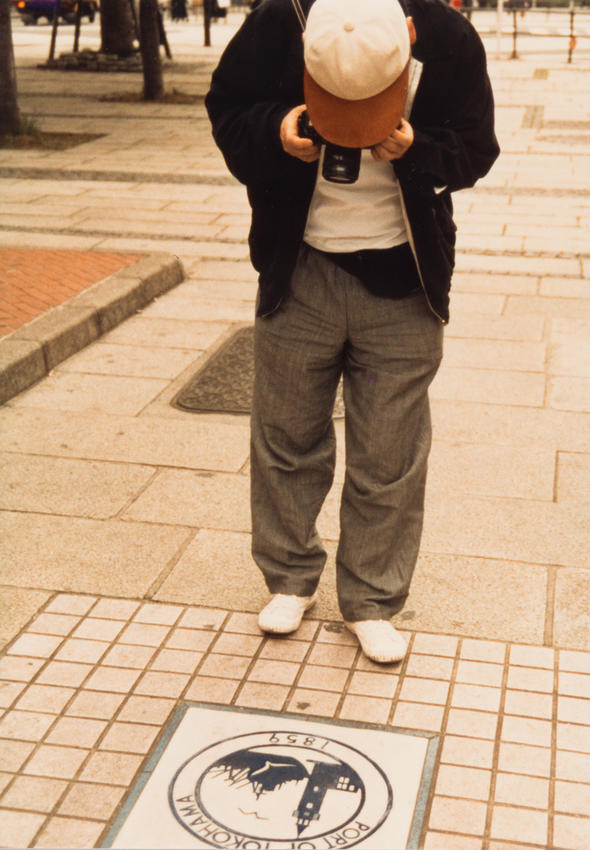The Other Architect
For as long as architecture has been reduced to a service to society or an “industry” whose ultimate goal is only to build, there have been others who imagine it instead as a field of intellectual research: energetic, critical, and radical.
But how can we produce or maintain this position?
In the history of architecture, especially since the 1960s, there has been a proliferation of experiments representing the work of architects who ventured to creatively and thoroughly rethink every aspect of the profession. Moved by a desire to contribute more substantially and more actively to the construction of a cultural agenda, they critically analyzed their roles and challenged the precepts and ultimate goals of the discipline.
From a set of varied approaches drawn from many people, places, and times, the other architect emerges: searching for different operating models, aiming for collaborative strategies, introducing strange concepts, and experimenting with new kinds of tools. The result is an ample array of possibilities: Urban Innovations Group, ILAUD (International Laboratory of Architecture and Urban Design), AMO, IAUS (Institute for Architecture and Urban Studies), CUP (Center for Urban Pedagogy), ARAU (Atelier de recherche et d’action urbaines), Architects’ Revolutionary Council, Corridart, Architectural Detective Agency, Take Part Workshop, Kommunen in der Neuen Welt, AD/AA/Polyark, Design-A-Thon, Architecture Machine Group, Forensic Architecture, Multiplicity, Art Net, Global Tools, CIRCO, Pidgeon Audio Visual, Delos Symposion, and Anyone Corporation.
Observing and analyzing these experiences can supply us with an operating manual for critically engaging with the urgent issues of our time, an unusual and hopefully compelling collection that contains many methods, tools, and ideas for new ways of defining architecture.
These investigative models represent a new approach relying equally on their proposed themes and on their sets of operating strategies, working methods, organizational structures, and financial models. These efforts left marks in letters, books, drawings, photographs, budgets, tactics for accessing resources, videos, mission statements, meeting minutes, T-shirts, boats, and buses. Reading the traces lets us begin to understand the other architect’s ingenuity and consider different ways of defining the roles and responsibilities of architecture.
Together, these experiments point beyond what architecture is toward what architecture could be, or what it already is, if we would recognize it: not just a practice that inevitably brings about the construction of an artifact, but a way of thinking and observing the present and the society in which we operate; of identifying and asking questions while marking a new territory on which to act; of looking for or inventing suitable tools; and, finally, of responding generously and concisely.
–Giovanna Borasi
